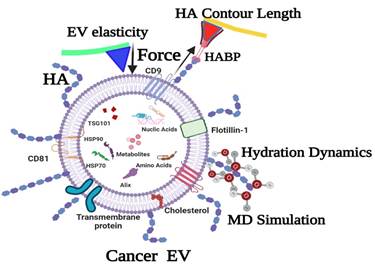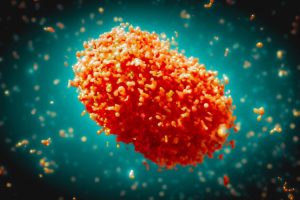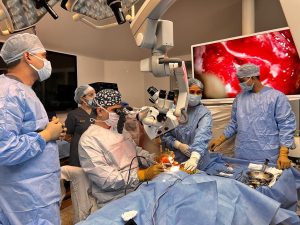Sugar-coated pouches in body fluids can help detect cancer


NEW DELHI: Detection of the cancer microenvironment may soon become much easier with the help of a new molecular biosensor recently developed by a team of scientists.
Cancer cells secrete small pouches, namely extracellular vesicles (EV) covered with sugar molecules, Hyaluronan (HA), which has a direct link to tumour malignancy and is considered a potential biomarker for early diagnosis of colon cancer. These EVs are abundant in body fluids (blood, faeces, etc.), and all types of cells secrete these EVs into the extracellular matrix. Cancer cells secrete at least two times more EVs into the body fluids than normal cells). Therefore, these EVs could be isolated non-invasively from a patient’s body for early cancer diagnosis.
It is known that the sugar molecule HA associated with these cancer EVs carries danger signals in tumour progression when it gets fragmented by hyaluronidases (Hyals) and reactive oxygen species in pathological conditions.
Dr. Tatini Rakshit laboratory, supported by Inspire faculty grant of the Department of Science and Technology (DST), at Shiv Nadar Institute of Eminence, Delhi, in collaboration with S. N. Bose National Centre for Basic Sciences (SNBNCBS), Kolkata, Saha Institute of Nuclear Physics, Kolkata and IIT Bhilai, Chhatisgarh has unravelled the contour lengths of HA on a single cancer cell-derived EV surface.
Their study showed that a single cancer cell-derived EV is coated with very short chain HA molecules (contour length less than 500 nanometers) using single molecule techniques and elucidated that these short-chain HA-coated EVs are significantly more elastic than the normal cell-derived EVs. This intrinsic elasticity of HA-coated EVs in cancer helps them to withstand multiple external forces during extracellular transportation, uptake, excretion by cells, adhesion to cell surfaces, etc.
The study has been published very recently in the Journal of Physical Chemistry Letters. These findings affect how sugar-coated pouches increase the risk of cancer progression.




